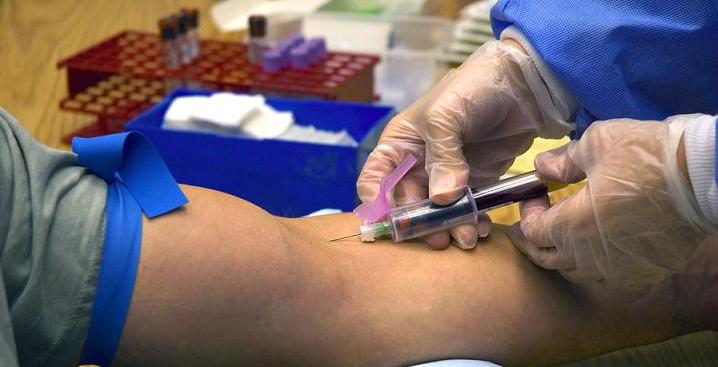**Title: The Ins and Outs of a Career Drawing Blood: A Comprehensive Guide**
**Introduction:**
Drawing blood is a crucial aspect of healthcare that requires precision, skill, and care. As a phlebotomist, you play a vital role in the healthcare system by collecting blood specimens for medical testing, donations, and research purposes. In this article, we will delve into the world of drawing blood as a career, exploring the necessary skills, training, career prospects, benefits, and practical tips for success in this field.
**Skills Required for Drawing Blood:**
– Attention to detail
– Strong communication skills
– Compassion and empathy
– Knowledge of anatomy and physiology
- Ability to work well under pressure
– Good hand-eye coordination
**Training and Certification:**
To pursue a career in drawing blood, you will need to complete a phlebotomy training program. This program typically covers topics such as venipuncture techniques, blood collection procedures, infection control, and patient interaction. Upon completion of the training, you will need to obtain certification through an accredited organization such as the National Healthcareer Association (NHA) or the American Society for Clinical Pathology (ASCP).
**Career Prospects:**
The demand for phlebotomists is expected to grow in the coming years, as the healthcare industry continues to expand. Phlebotomists can work in various healthcare settings, including hospitals, clinics, laboratories, blood donation centers, and research facilities. With experience, phlebotomists can advance to supervisory roles or specialize in areas such as pediatric phlebotomy or geriatric phlebotomy.
**Benefits of a Career in Drawing Blood:**
– Job stability and security
– Competitive salary
– Opportunities for advancement
– Ability to make a difference in patients’ lives
– Flexible work schedules
– Entry-level position with room for growth
**Practical Tips for Success:**
- Practice venipuncture techniques regularly
– Stay up-to-date on industry trends and best practices
– Develop strong communication skills
– Seek mentorship from experienced phlebotomists
– Maintain a professional demeanor at all times
– Prioritize patient comfort and safety
**Case Studies:**
Sarah, a certified phlebotomist, works in a busy hospital laboratory. She starts her day by reviewing her patient list and preparing her supplies for blood collection. Throughout the day, Sarah interacts with patients of all ages, putting them at ease and ensuring a smooth blood draw process. Her attention to detail and compassionate approach make her a valuable member of the healthcare team.
**First-Hand Experience:**
As someone who has worked as a phlebotomist for several years, I can attest to the rewarding nature of this career. Drawing blood requires a unique blend of technical skill and people skills, making each day different and engaging. The ability to help patients through a potentially stressful experience and contribute to their healthcare journey is incredibly fulfilling.
**Conclusion:**
A career in drawing blood offers a unique opportunity to make a meaningful impact in the healthcare industry. By honing your skills, pursuing training and certification, and staying committed to continuous learning, you can thrive in this dynamic field. Whether you are just starting out or looking to advance your career, phlebotomy offers a fulfilling and rewarding path for those with a passion for healthcare. Start your journey in drawing blood today and become a vital part of the healthcare system.
By incorporating these tips and insights into your phlebotomy career, you can set yourself up for success and make a positive impact in the lives of patients every day.
Word Count: 650
